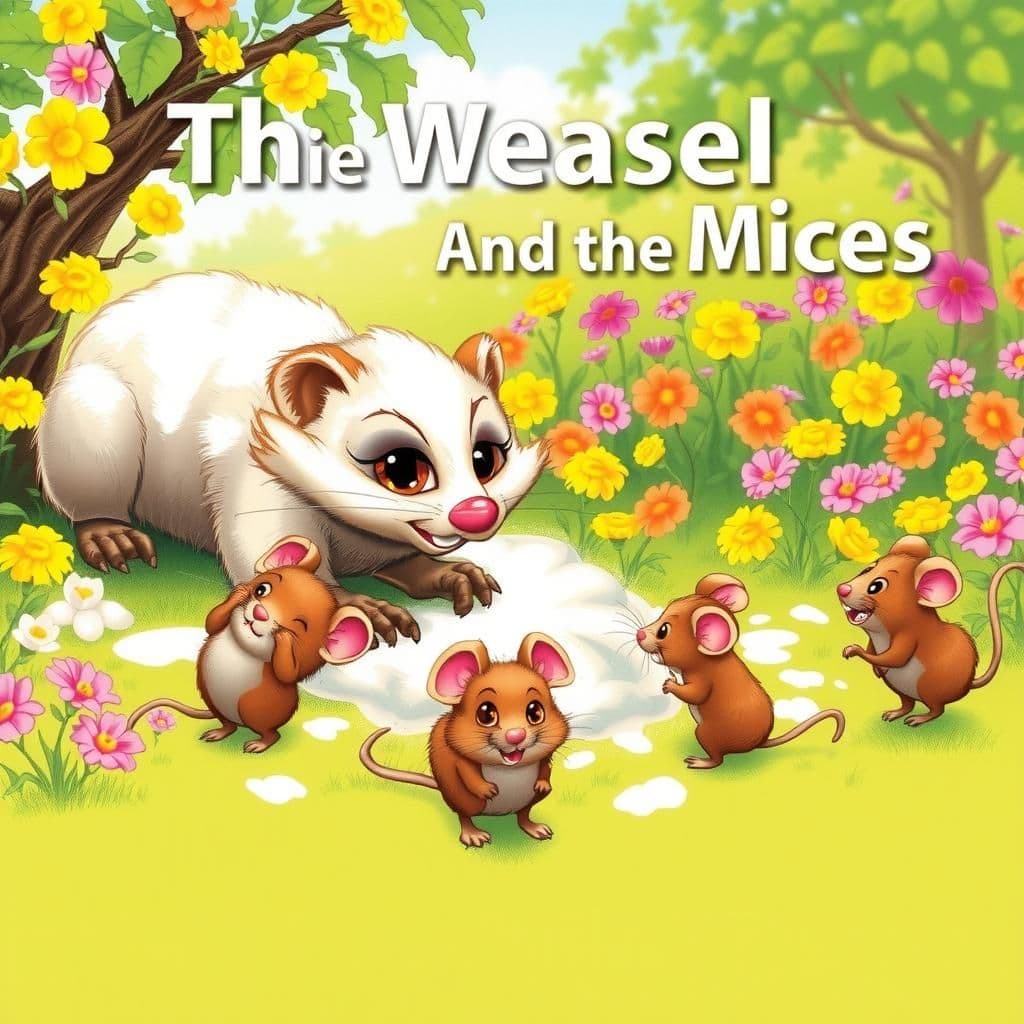The Cobbler Turned Doctor

Story Summary
In this short story with moral lessons, a cobbler, driven by poverty, falsely claims to be a doctor and sells a fake antidote, gaining fame through exaggerated claims. When he falls ill, the town's governor tests his abilities by pretending to poison him, prompting the cobbler to admit his lack of medical knowledge. The governor then exposes the townspeople's folly in trusting an unqualified man with their health, serving as a cautionary tale for kids about the importance of discernment in real-life stories with moral lessons.
Click to reveal the moral of the story
The story illustrates the folly of placing trust in unqualified individuals based on reputation rather than genuine expertise.
Historical Context
This story reflects themes of deception and the consequences of misplaced trust, common in folk tales and fables across various cultures. Its origins can be traced to the rich tradition of cautionary tales in Europe, particularly those of Aesop and later adaptations during the Renaissance, where the folly of human nature, especially in matters of expertise and authority, is critiqued. The narrative serves as a moral lesson on the dangers of gullibility and the importance of discernment in a society often swayed by empty rhetoric.
Our Editors Opinion
This story serves as a cautionary tale about the dangers of placing trust in unqualified individuals, reflecting the modern phenomenon of misinformation and the rise of self-proclaimed experts in various fields, particularly in health and wellness. For example, during a health crisis, individuals may turn to social media influencers for medical advice instead of consulting qualified professionals, leading to potentially harmful consequences.
You May Also Like

The Fox and the Monkey
In "The Fox and the Monkey," a boastful Monkey claims that monuments in a cemetery honor his illustrious ancestors, who were esteemed freedmen. The clever Fox highlights the ease of lying when there are no witnesses to challenge the falsehoods, illustrating that a false tale often betrays itself. This fable serves as a life-changing story with a moral, reminding readers of the importance of honesty in impactful moral stories.

The Wolves and the Sheep
In "The Wolves and the Sheep," a classic tale from famous moral stories, the cunning Wolves persuade the naive Sheep to dismiss their protective Dogs by claiming the Dogs are the true source of conflict. This educational moral story illustrates the dangers of misplaced trust, as the defenseless Sheep fall victim to the Wolves' deceit, highlighting a vital life lesson about the importance of heeding wise counsel for personal growth.

The Weasel and the Mice
In this simple short story with moral lessons, an old weasel, unable to catch mice due to his age, disguises himself in flour to deceive unsuspecting prey. As several mice fall victim to his trap, an experienced mouse recognizes the ruse and warns others, wishing that the weasel's deceit is matched by his own success. This meaningful story illustrates the consequences of trickery and the wisdom of those who have survived many dangers.
Other names for this story
The Impostor Healer, From Cobbles to Cures, The Quack's Downfall, The Shoemaker's Secret, An Antidote to Folly, The False Physician, A Cobbler's Deception, The Pretender's Remedy
Did You Know?
This story highlights the dangers of blind trust in unfounded expertise, illustrating how societal gullibility can elevate individuals without true qualifications to positions of authority, ultimately leading to exposure and embarrassment when their incompetence is revealed.
Subscribe to Daily Stories
Get a new moral story in your inbox every day.